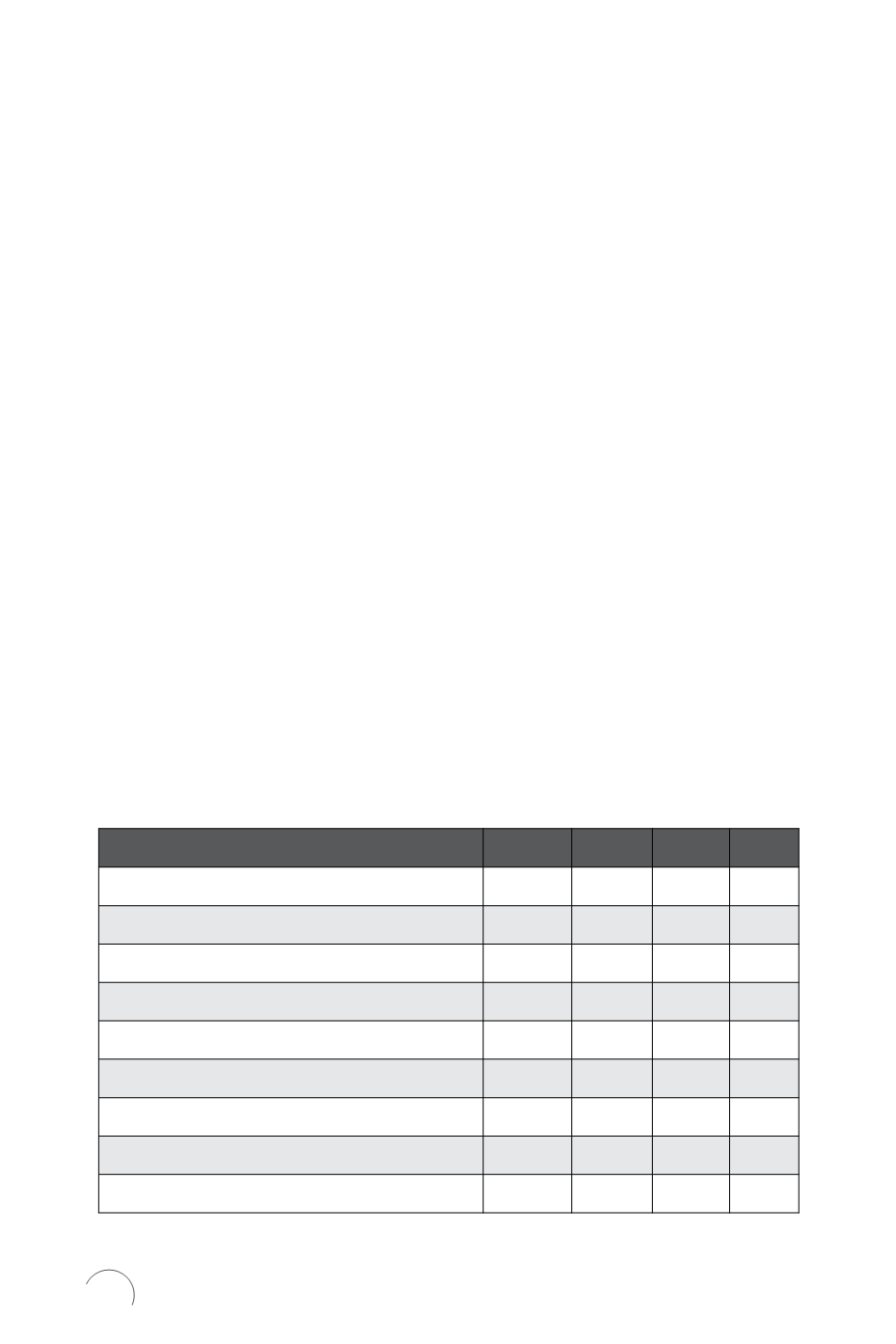
80
Murat Önder & Niyazi Karabulut
5001-1000 TL. 38.8 percent of the participants have income between 1001-2000 TL.
Standard deviation of income level is 1057.6 TL.
Among the variables affecting voting in the local elections on March 29, 2009, the rela-
tionship between the candidate’s service experience and projects, expressed in H1. In
this hypothes, the age variable for the candidate himself / herself found 40.9 percent of
participants in the age range of 18-27 years and found 42 percent of those in the 28-37
age range and also candidate’s himself / herself experiences and projects are effective in
voting preference.
In the case of the findings of the young voter expressed in H2, the promise of the can-
didate and the party, 33.3 percent of those between the ages of 18-27 and 36.7 percent
of those between the ages of 28-37 find candidates and their promises effective. Young
participants in the age range of 18-27 have the lowest values in influencing the promises
of the candidate and the party expressed in H2. The party loyalty rate of young voters
was also examined by the Tukey test (F=2.68; sd.=4; P< .05). This test revealed a positive
difference between the parties at a level of 5 percent. But the source of the differences
between the groups could not be determined.
9 factors are analyzed in H3, where the effect of mass media on young people’s voting
is examined. As seen in table 1, television has become an important part of the way in
which political candidates throughout the world present their messages to voters in elec-
toral campaigns (Damlapınar and Balcı, 2014:189). From these 9 factors, family and close
friends will be treated separately as H4.
Table 1: Descriptive Statistics About the Significance of The Mass Media on Young
Voters in Local Elections
Lowest Highest
Ż
SD
Television
1
5
3.68 1.05
Newspapers
1
5
3.52 0.98
Rallies and meetings of candidates
1
5
3.36 1.11
Face-to-face interview with the candidate
1
5
3.35 1.29
Family and neighborhood
1
5
3.33 1.12
Public opinion survey results
1
5
3.26 1.07
Internet
1
5
3.17 1.11
Radio
1
5
3.18 1.06
Election posters, announcements and brochures
1
5
3.15 1.10
Source: Damlapınar and Balcı, 2014:188.


